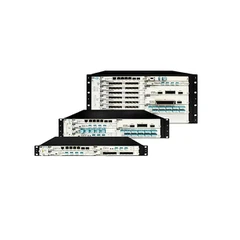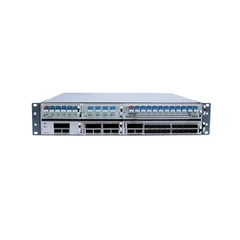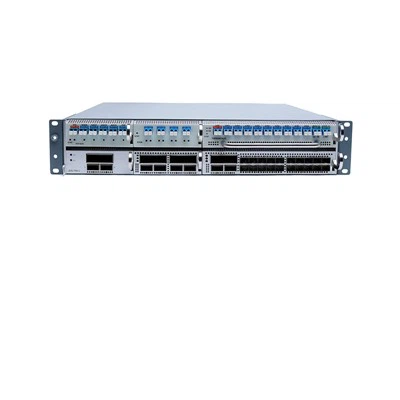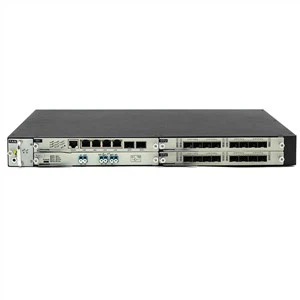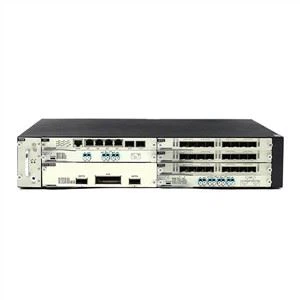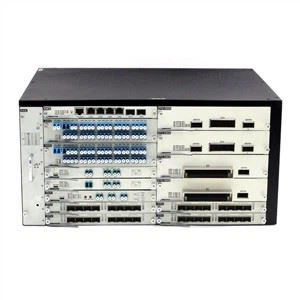What is bandwidth?
1. In analog signal system, also known as bandwidth, refers to the amount of data that can be transmitted at a fixed time, that is, the ability to transfer data in the transmission pipeline. It is usually expressed in transmission cycles per second or Hertz (Hz).
2. In digital devices, bandwidth refers to the amount of data that can pass through the link per unit time. It is usually expressed in BPs, that is, the number of bits per second that can be transmitted.

Application
1. Represents the bandwidth
The bandwidth of a signal refers to the frequency range occupied by various frequency components contained in the signal. Bandwidth is particularly important for basic output in system (BIOS) devices, such as fast disk drives, which are blocked by low-frequency and wide-band buses.
2. Indicates the ability of a communication line to transmit data
The bandwidth of digital network should be expressed in baud, which is the number of pulses per second. In numerical terms, baud and bit are the same. As a result, bit rate is often used to express the rate. It is just because there are too many people using bit rate, so bit rate has become a standard term for bandwidth fact.
bit/s=1Kbit/s
bit/s=1Mbit/s
bit/s=1Gbit/s
The "bit / s" is often omitted when describing bandwidth. For example, if the bandwidth is 1m, it is actually 1Mbps, where Mbps refers to megabits / s.
There are two different rates in the network:
1. The propagation rate (M / s, or km / s) of a signal (i.e. electromagnetic wave) on the transmission medium.
2. The rate (bits per second) at which a computer sends bits to the network.
The meaning and units of these two rates are completely different.
The significance of bandwidth in digital signal system
In digital signal system, bandwidth is used to identify the ability of data transmission of communication lines, that is, the highest data rate through a certain point in the network in unit time. The commonly used unit is BPS (also known as bit rate -- bit per second). BPS is often omitted when describing bandwidth in daily life.
In view of the reduction of bandwidth cost, the user access rate is also higher and higher, from the initial dial-up to 20m or even 100m optical fiber. However, with the development of computers, users' understanding of bandwidth should also be improved.
The normal conversion is as follows:
1Mbit=128KB
2Mbit=256KB
(and so on)
The converted speed is the real speed of the Internet
That is to say, if the bandwidth you open from your operator is 10m, then add it into the calculation formula and measure it with 1m converted above
Then:(1M=1024K)
1M/128K=1024/128=8
10/8=1.25M
That is to say, if you open 10m bandwidth, you can reach the maximum speed of 1.25m
Throughput
Throughput refers to the actual bandwidth value obtained when downloading files under the premise of specifying the time, space and path of data in the network (network path). Due to various reasons, the throughput is often much smaller than the nominal maximum bandwidth of the transmission medium.

Influence factor
The main factors affecting the bandwidth and throughput of the network are as follows:
1) Network equipment (switch, router, hub);
2) Topological structure (i.e. network structure shape, such as star, ring);
3) Data type;
4) The number of users;
5) Client and server (such as system bus, disk performance, network adapter, hardware firewall);
6) Failure rate caused by power system and natural disasters.
The Internet is becoming more and more powerful, and the number of Internet users is increasing. People's demand for the Internet is no longer a single browsing web page, viewing news, but put forward a variety of application needs. Although the appearance of online games, online films and TV, remote office and network TV have greatly enriched people's life, they also put forward higher requirements for the bandwidth of Internet.
There is an amplifier module with a bandwidth of 200 kHz. What does that mean? It is speculated that some prominent aspects of the amplifier frequency response involve frequencies covering the 200 kHz range. If "function" means "can produce some kind of output signal", the bandwidth of amplifier or filter does not specify the frequency range of circuit operation. Instead, it specifies the frequency range encountered by the circuit. The most common standard is based on a frequency of -3dB. A 3dB reduction in amplitude is equivalent to a 50% reduction in power, which is chosen as a convenient way to identify bandwidth.

Bandwidth has two different meanings in computers
Represents the bandwidth
The bandwidth of a signal refers to the frequency range occupied by various frequency components contained in the signal. Bandwidth is particularly important for basic output in system (BIOS) devices, such as fast disk drives, which are blocked by low-frequency and wide-band buses.
Indicates the ability of a communication line to transmit data
The "highest data rate" that can be passed from one point in a network to another in unit time. For the concept of bandwidth, a more vivid metaphor is the highway. BPS (bit per second) is the amount of data that can be transmitted online in unit time. The bandwidth of computer network refers to the highest data rate that the network can pass, that is, how many bits per second.
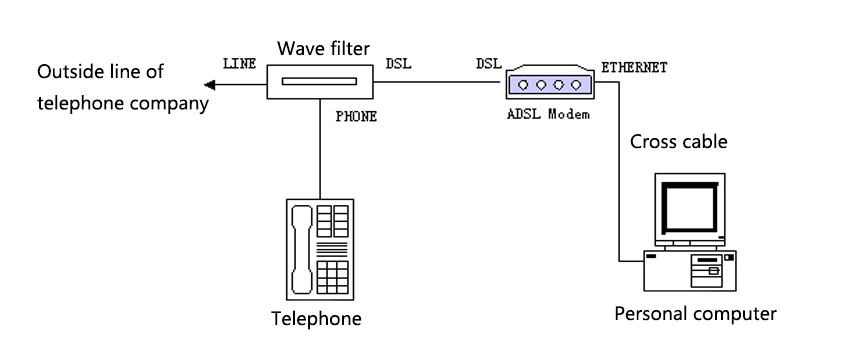
contact:support@htfuture.com
Skype:sales5_ 1909,WeChat:16635025029

